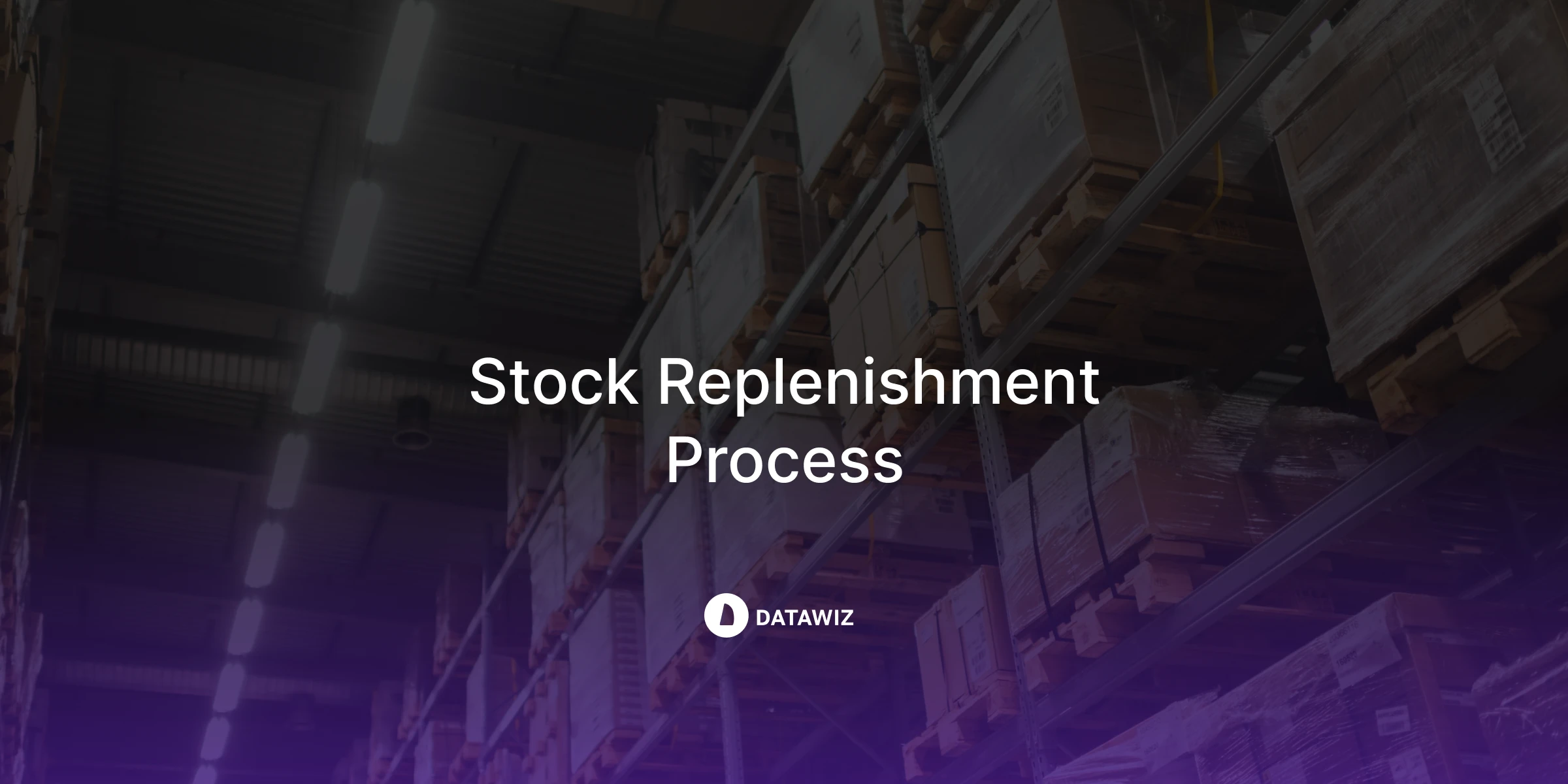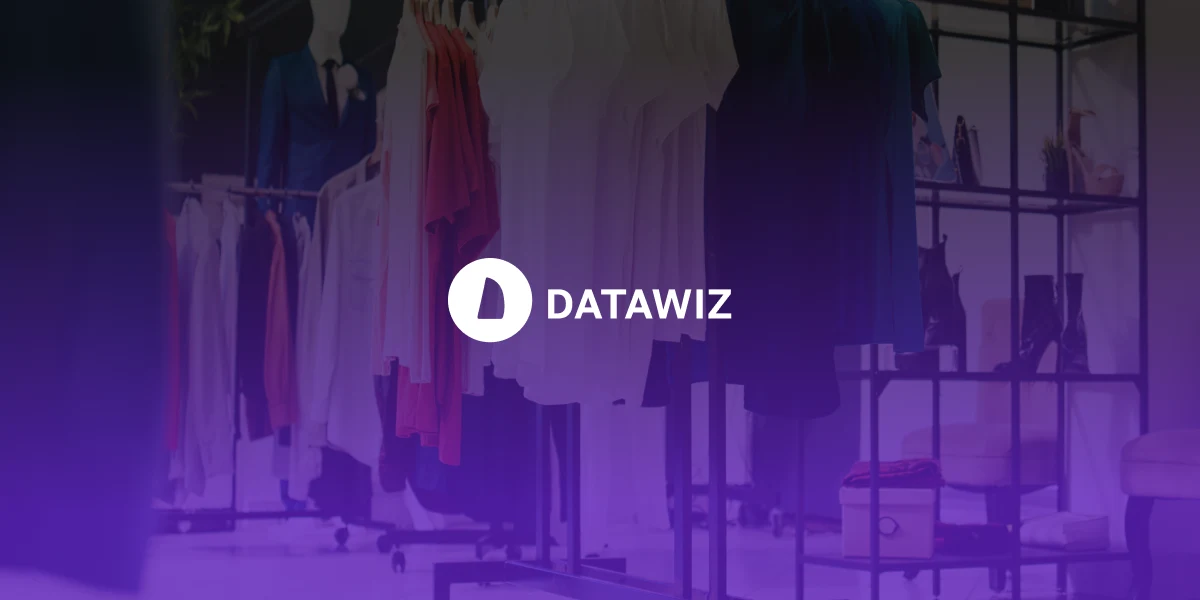Content:
- What is Out of Stock, and How Does It Impact Business?
- How to Optimize Assortment with Business Intelligence
- Practical Strategies for Tackling Out of Stock
- Why BI is Key to Success in Modern Retail
- Conclusion
The out-of-stock (OOS) situation is one of the biggest challenges in retail, directly impacting sales, customer satisfaction, and overall turnover. Studies show that up to 30% of consumers turn to competitors when they cannot find the desired product in a store, leading to lost potential revenue. Addressing this issue requires a modern approach and data-driven tools like business intelligence (BI).
This article explores why the out-of-stock problem is critical, how to manage your assortment effectively, and which BI solutions can help optimize retail turnover.
What is Out of Stock, and How Does It Impact Business?
In retail, Out of Stock refers to the unavailability of a specific product a customer wants. This can happen due to various reasons:
- Poor demand forecasting.
- Disruptions in the supply chain.
- Insufficient stock due to weak inventory management strategies.
The absence of products directly affects key business metrics:
- Revenue Loss. Customers go to competitors when they can't find the products they need.
- Decreased Customer Loyalty. Repeated disappointment caused by stock shortages can drive away loyal customers.
- Increased Costs. Mismanaged or underutilized inventory raises operational expenses.
How to Optimize Assortment with Business Intelligence
To prevent out-of-stock situations and ensure effective assortment management, modern retailers adopt business intelligence (BI) tools. Here's how BI can help:
1. Demand Forecasting
BI tools analyze historical sales data, seasonality, trends, and customer behavior to forecast product demand accurately. This enables retailers to order the correct products needed for a given period.
BI solutions help determine the optimal stock levels for each product. This reduces the risk of both overstocking and stockouts, improving inventory turnover.
3. Assortment Analysis
With BI, retailers can identify high-demand, low-margin, or cross-selling products. This allows for an optimized assortment that ensures the availability of items most needed by customers.
4. Supply Chain Monitoring
BI systems track all stages of product supply—from manufacturer to store shelves. This helps quickly identify delays or issues and minimizes their impact on product availability.
5. Process Automation
Modern BI systems can notify managers about potential out-of-stock risks in real-time. This allows prompt action, such as reordering or adjusting supply chain plans.
Practical Strategies for Tackling Out of Stock
Beyond BI solutions, implementing strategic approaches is crucial for minimizing out-of-stock situations:
- Category Management. Analyze sales data for each product category to prioritize key items.
- Customer Segmentation. Understanding your customers and their preferences helps in better demand forecasting.
- Point-of-Sale Monitoring. Ensure that products are available in all stores and regions.
- Supplier Integration. Establish strong collaboration with suppliers to ensure seamless deliveries and timely stock replenishment.
Why BI is Key to Success in Modern Retail
In today's competitive retail environment, having a wide assortment of products is insufficient. It's essential to understand which items are most profitable, how they influence turnover, and how to respond quickly to changes in demand. Business intelligence unlocks new opportunities for retail management:
- Identifying "bottlenecks" in supply chains.
- Evaluating the performance of every product in the assortment.
- Enhancing customer interactions through personalized approaches.
Conclusion
The out-of-stock problem in retail is a significant challenge that can be resolved with data analytics and modern business intelligence tools. Optimizing assortment, managing inventory efficiently, and analyzing turnover can help minimize losses, increase customer loyalty, and improve financial results.
By implementing BI solutions in your business, you gain a competitive edge, allowing you to avoid stockouts and meet the needs of even the most demanding customers.
 Novedades
Novedades





 ¡No se necesita tarjeta bancaria!
¡No se necesita tarjeta bancaria!